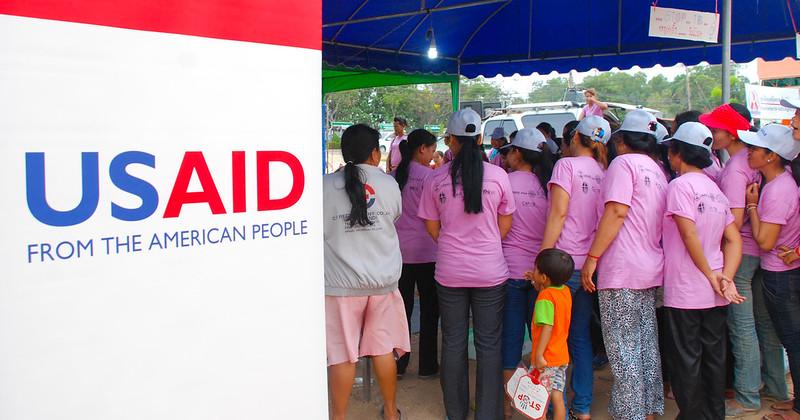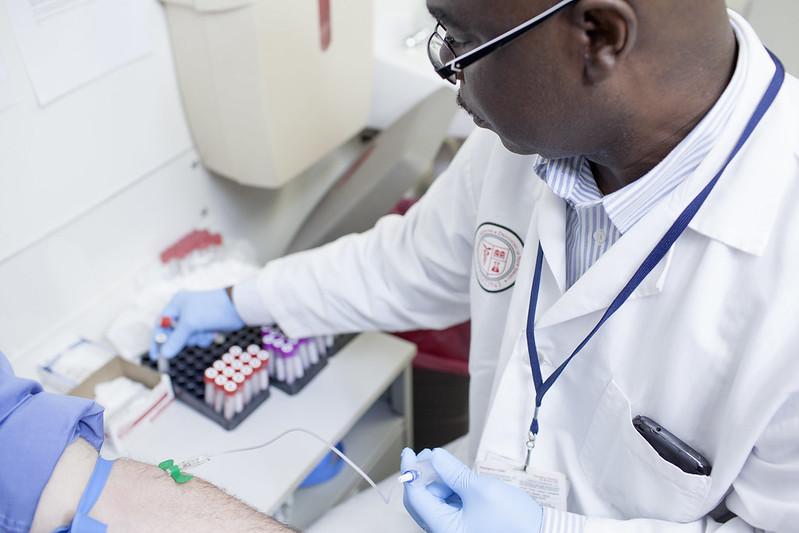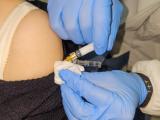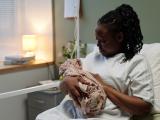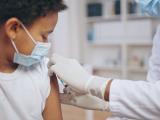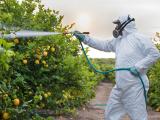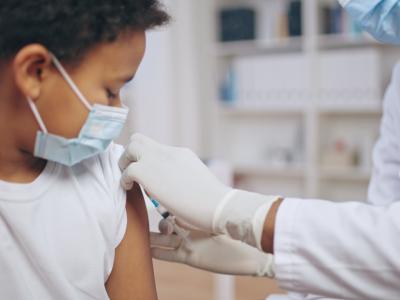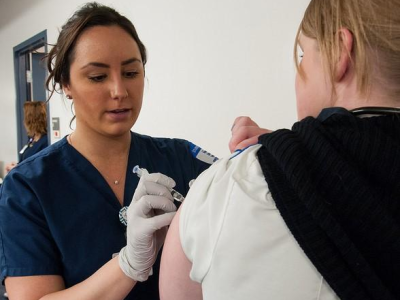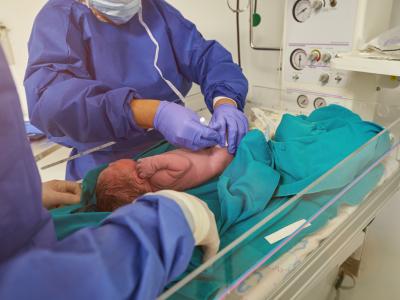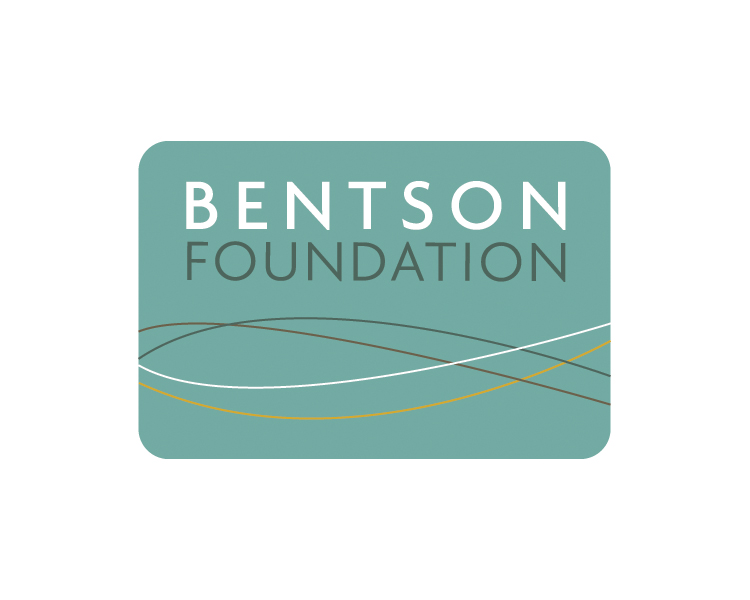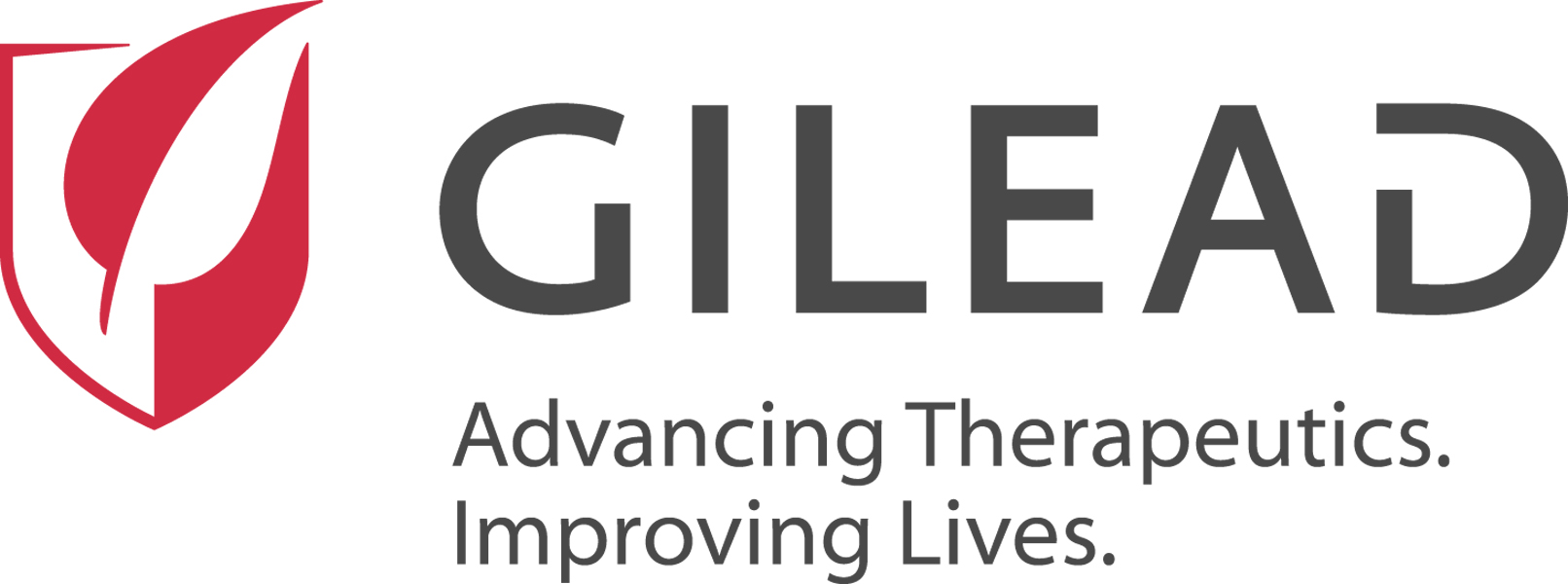At the end of 2024, a person assessing global tuberculosis (TB) control efforts might have been able to squint and see some hope in the fight against the world's leading infectious disease killer.
Although the COVID-19 pandemic had caused significant setbacks, TB services around the world were starting to recover, and deaths from TB were declining from the height of the pandemic. The advent of shorter and less toxic regimens for drug-resistant (DR)-TB was pushing up treatment success rates. Advances in rapid diagnostic testing and promising movement in TB vaccine development were providing some optimism that countries might be able to meet targets for reducing the global TB burden.
To be clear, huge challenges remained. According to the World Health Organization's (WHO's) most recent Global TB report, an estimated 10.8 million people contracted TB in 2023, the most since the organization began tracking TB in 1995, and 1.3 million died. In addition, despite those daunting numbers, the disease remains largely overshadowed by other diseases. As a result, TB prevention and control efforts have remained vastly underfunded.
Funding cuts wreak havoc
But the picture changed dramatically in late January, when the Trump administration placed a 90-day funding freeze on foreign aid delivered through the US Agency for International Development (USAID), a move that was followed by the subsequent dismantling of the agency. Overnight, TB programs around the world that relied on USAID, which committed $406 million to TB programs worldwide in 2024, were left in the lurch. According to an analysis by KFF, 79% of USAID awards for TB-related activities were terminated.
Although there was immediate concern that stop-work orders issued to recipients of USAID funding would result in TB patients not being able to obtain medicine or receive prompt diagnosis, it quickly became clear that all aspects of TB services were affected, from active case-finding efforts to collection and transportation of sputum samples to programs that help TB patients adhere to their medication. Beyond that, clinicals trials that were seeking to improve TB diagnostics and treatment and develop new vaccines were disrupted, cut back, or halted altogether.
An analysis published yesterday in PLOS Global Public Health puts the potential impact in perspective. The modeling study by researchers with Avenir Health and Stop TB Partnership estimates that, in the 26 high-burden countries that have been reliant on USAID funding for TB care programs, a long-term funding gap that is not filled by other sources could result—under a worst-case scenario—in an additional 10.7 million TB cases and 2.2 million TB deaths over the next 5 years.
"The loss of US funding endangers global TB control efforts…and potentially puts millions of lives at risk," the authors write. "Urgent alternative funding is needed to sustain critical TB intervention and treatment efforts."
Disruption of numerous response efforts
Although few wanted to comment publicly at the time, the impact of the USAID funding freeze was felt almost immediately.
In a survey conducted in mid-February by the TB Community Coordination Hub, 76% of respondents—180 individuals representing national and international nongovernmental organizations (NGOs), local community organizations, and TB-affected community networks—said the stop-work orders from the US government had significantly or severely affected their organization's ability to provide TB-related services. Forty-six percent said they had stopped TB screening and active case-finding activities, which are critical for getting identifying TB patients and ensuring prompt treatment.
.jpg)
In addition, 53% of respondents said they had either stopped or reduced the initiation of new clients on TB treatment.
"What we saw was that there was disruption across a diversity of different activities," said Robyn Waite, PhD, an independent consultant and TB advocate who helped conduct the survey, in an interview. "Lots of critical, life-saving type of infrastructure was quite drastically, severely impacted."
Before its dismantling, USAID was the leading bilateral donor for global TB efforts, accounting for roughly one third of international donor funding for the diseases. The money flowed from USAID's global TB program to a network of NGOs, contractors, faith-based groups, and other partners around the world. It was just one arm of the US government's support for global TB programs, which has helped save millions of lives since the 1990s.
Although the State Department issued a waiver in early February to allow activities such as "essential screening, testing, and treatment" and "dispensing of essential medicines to avert near-term mortality and spread of infection" to continue, the waiver didn't cover the vast array of services funded by USAID.

